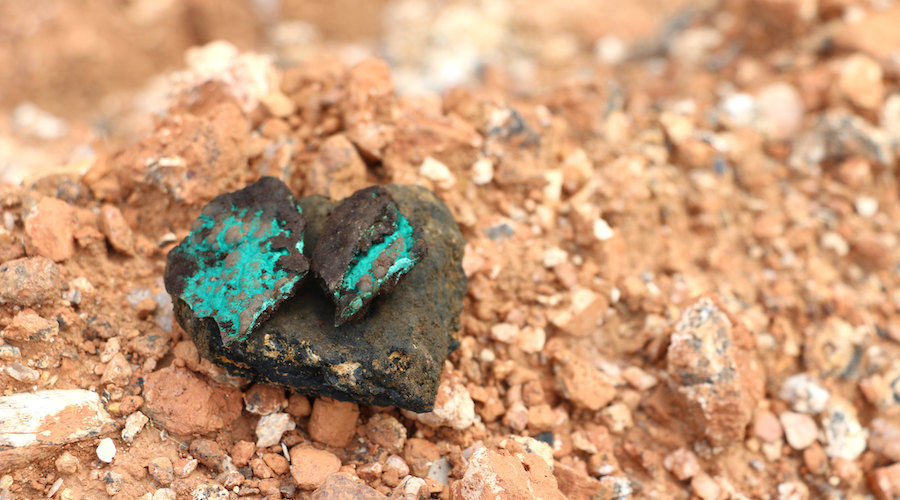Sub-Saharan Africa is poised to contribute nearly $2 trillion worth of metals essential for the energy transition by 2050, as projected by the International Monetary Fund (IMF).
The IMF’s paper, released on Friday, indicates that the global earnings from mining key metals like copper, cobalt, lithium, and nickel could soar to $16 trillion in today’s dollar value over the next 25 years, based on estimates from the International Energy Agency (IEA). Sub-Saharan Africa’s contribution to this revenue is expected to be around 12%.
With the rising demand for minerals crucial for electric vehicles and renewable energy technologies, the Democratic Republic of Congo already dominates as the world’s leading producer of cobalt, accounting for over 75% of global production, and is the second-largest copper source. Meanwhile, nations such as Zimbabwe, Ghana, and Mali have ambitious plans to emerge as significant lithium producers.
The IMF views this potential mining boom as a promising development for sub-Saharan Africa. They emphasize that the region stands to gain more by investing in its domestic mineral processing capabilities. However, the report also cautions that rapid technological advancements, particularly in electric vehicle batteries, could make certain minerals obsolete.
Additionally, the IMF estimates that sub-Saharan Africa’s revenue from fossil fuel sales will amount to $625 billion during the same period.



